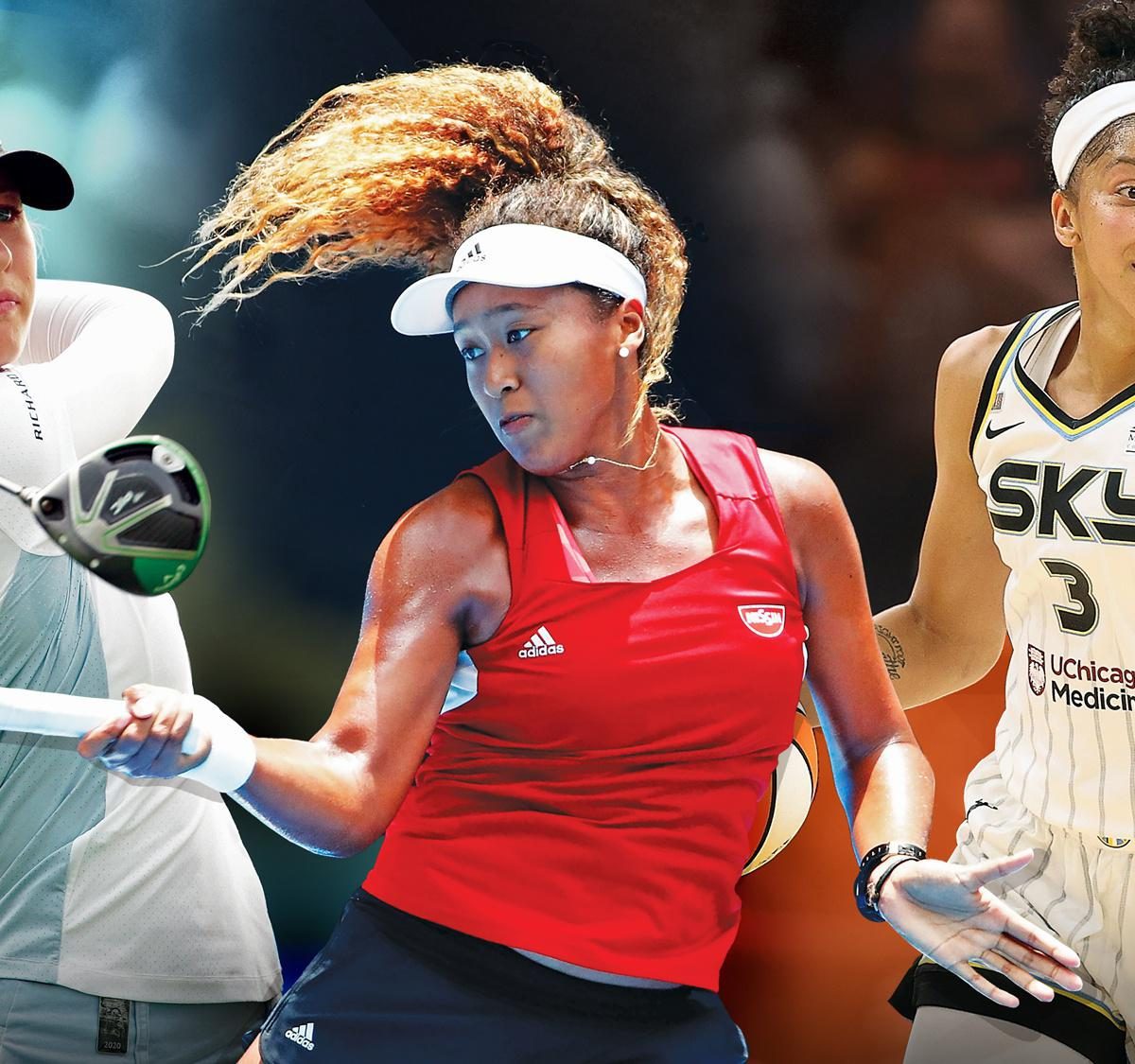
There is plenty to worry about in the world of women’s sports: disparities in pay and facilities, poor working conditions, a lack of media coverage, even outright abuse. Yet for all those problems, there is an undeniable sense of optimism, too. Leagues are adding new owners and expansion teams. TV ratings are up, and networks are providing new homes for games. Sponsor dollars are—finally—arriving, and startups are attracting investors.
That growth is extending to athletes’ paychecks. The world’s ten highest-paid female athletes earned a combined $167 million before taxes in 2021, according to Forbes estimates, a 23% increase over 2020 and a 16% jump from the prior record of $143.3 million set in 2013. At the top is tennis ace Naomi Osaka, who hauled in $57.3 million, easily a calendar-year record for a female athlete. Serena Williams takes the runner-up spot with $45.9 million.
The picture is not entirely rosy: Osaka and Williams account for virtually all of the increase, and no other woman on this list has even a remote chance of ranking among the world’s highest-paid athletes of either sex. (On Forbes’ 2021 athletes list, tracking the 12 months ending in May, Osaka landed at No. 12 and Williams at No. 28; the third-highest-paid woman on this new list, Venus Williams, missed the cutoff for the overall top 50 athletes by more than $20 million.)
Insiders insist, however, that new money and new sponsors are pouring into women’s sports; it’s just that the dollars are being spread among more athletes and finding their way into new leagues. For the first time in at least a dozen years, a gymnast (Simone Biles, No. 4 with $10.1 million) and a basketball player (Candace Parker, No. 10 with $5.7 million) rank among the highest-paid women. And while tennis still accounts for five of the list’s ten spots, that is the sport’s lowest tally in more than a decade and a dramatic change from 2019, when it claimed all ten. Parker—along with American soccer stars Alex Morgan and Megan Rapinoe, who came up just shy of making the top ten—is especially encouraging because she comes from a team sport, where salaries lag behind the prize money available in individual sports.
“Now it’s way different,” says recently retired soccer legend Carli Lloyd, who joined the U.S. national team in 2005 alongside women who had fought for basics like guaranteed compensation and health benefits. “Whether it’s a [social media] post players are making to get paid or whether they’re signing endorsement deals, it’s a good space to come into, and it obviously occurred because of all the former players that had come prior.”





